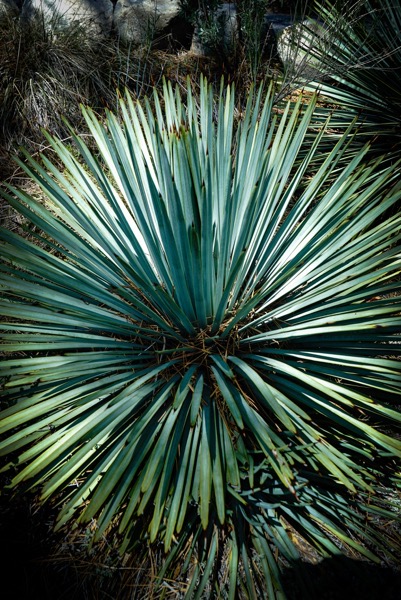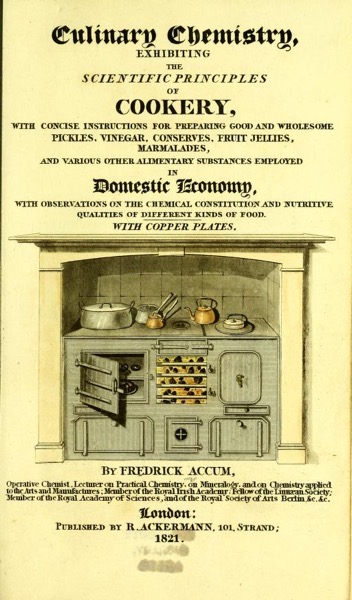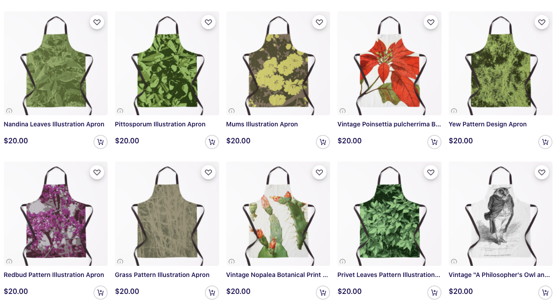Available in PDF, Text, JPG formats, and more
PREFACE. LONDON, COMPTON STREET, SOHO.
The following pages are intended to exhibit a popular view of the philosophy of cookery, to enable the reader to understand the chemical principles, by means of which alimentary substances are rendered palatable and nutritious. The subject may appear frivolous ; but let it be remembered that it is by the application of the principles of philosophy to the ordinary affairs of life, that science diffuses her benefits, and perfects her claim to the gratitude of mankind.
The art of preparing good and wholesome food is, undoubtedly, a branch of chemistry $ the kitchen is a chemical laboratory ; all the processes employed for rendering alimentary substances fit for human sustenance, are chemical processes ; and much waste of the materials, as well as labour to the parties, might often be spared, were those who practise this art, made acquainted with some simple chemical truths which invariably would lead to certain results. I have, in the first place, premised, as introductory to what follows, some general observations on the various kinds of alimentary substances commonly used for food ; in which I haye noticed their chemical constitution, and comparative nutritive qualities. After these preliminary statements, I have proceeded to explain the summary processes of the culinary art, as practised in the English kitchen, to render obvious the chemical effects produced by the operations of roasting, boiling, stewing, broiling, frywing, and other means employed for dressing food.
I have given concise, but accurate directions for preparing good and wholesome pickles, and other condiments employed in domestic economy.
I have pointed out the rules to be attended to in the art of con serving recent fruits, and other vegetable substances, in the state of what are called preserves, marmalades, fruit jams, and jellies, to enable the reader to prepare those kinds of comfitures with economy and success.
I have given concise directions for preserving butcher’s meat, fish, and fowl, after being cooked, to render them fit for sea store, or domestic use, at a future time.
I have stated the most approved processes for curing bacon, hams, smoked beef, and salted fish T to which I have added instructions for the choice of butcher’s meat, and the best methods of constructing pantries, larders, and meat safes.
I have pointed out the loss of weight which different kinds of meat suffers in the usual operations of cooking.
I have described the most approved methods for preserving recently gathered fruits in their natural state, as nearly as possible, with directions for constructing fruit rooms, and the circumstances to be attended to u storing esculent roots and other vegetables*
I have animadverted on certain material errors, sometimes committed through ignorance or negligence, in the preparation of food, and various delicacies of the table ; and I have also given hints that will be found useful, with regard to the practice of making tea and coffee. And lastly, I have made some remarks on the construction of kitchen fire-places, to which I have added designs, exhibiting the most approved cooking apparatus, calculated for the use of private families or public establishments. In resuming the whole, I have endeavoured (and I hope with some degree of success,) to communicate to those to whom the superintendance of a family is entrusted, such useful culinary information as may lead to beneficial consequences.
FREDRICK ACCUM. 1821.
PEACH MARMALADE.
Peel the peaches and take out the stones, simmer them till half done, then drain them, reduce them to a pulp, and squeeze the mass through a coarse splinter sieve. Weigh the pulp, and to every pound add twelve ounces of powdered loaf sugar; simmer the mass till it has acquired a stiff pasty consistence.
See More:
- Publication date 1821
- Topics Cooking, Food
- Publisher London : published by R. Ackermann
- Collection leedsuniversitylibrary; ukmhl; medicalheritagelibrary; europeanlibraries
- Digitizing sponsor Jisc and Wellcome Library
- Contributor University of Leeds Library
- Language English
Get these aprons for your cooking adventures.
* A portion of each sale from Amazon.com directly supports our blogs
** Many of these books may be available from your local library. Check it out!




